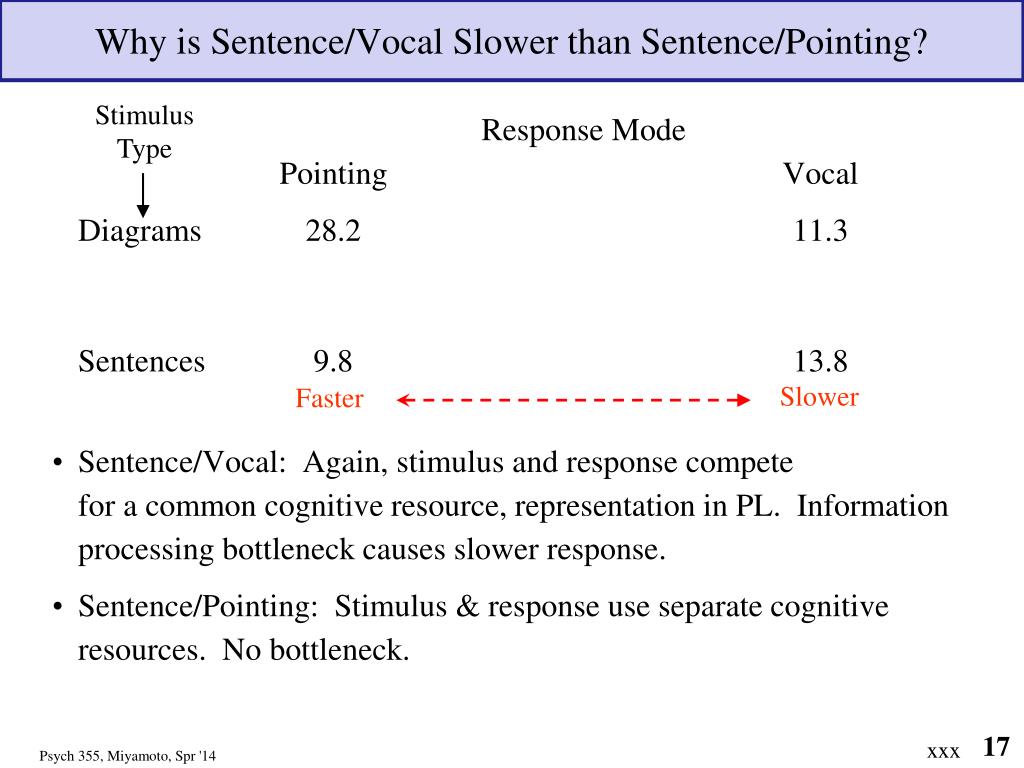

The visuospatial sketchpad is responsible for storing and manipulating visual information, while the phonological loop stores and processes auditory information. Spanish speakers could use “k”).The visuospatial sketchpad and phonological loop are both components of working memory, but they serve different functions. This is much quicker and not confusing, because the sound “ch” doesn’t appear in any English numbers (or German, or French. One personal optimization I use for calculating inexact square roots is to replace “-and-a-half” with the sound “ch”. For example rather than saying “four hundred and twenty-nine” you can say “four two nine”. When you’re using the phonological loop for calculations, you can often speed up by saying the numbers in a more compact format. It’s not just soroban practitioners who can benefit from using their visuospatial sketchpad more in mental calculations! Whether you imagine the numbers as digits, beads or something else, you could become much faster training yourself to see the numbers of the intermediate calculations, rather than hear them. Furthermore they can do so without being distracted by other sounds, and even hold a conversation while performing complex calculations accurately! However, the visuospatial sketchpad, can be iterated more quickly with practice, and for this reason soroban experts can do some calculations much faster than calculators who rely on sound. For me, the information stays longer in the phonological loop without getting corrupted, so it’s better for general calculations where I’m worried about making a mistake. For most people this will be when they use the inner monologue of their phonological loop. The easiest one for you will depend on what method you have practised most. Now try the following but using mainly/only the phonological loop, reading out each number you think about (e.g. To feel the difference, try doing the following task using mainly/only the visuospatial sketchpad by saying the alphabet at the same time to suppress the phonological loop: Soroban experts – who are trained in using an imaginary abacus for mental calculations – might hear nothing but see numbers or beads, because their method relies only on the visuospatial sketchpad. For example they might hear “12” from 3 x 4 while they see 41 from 3 x 7 + 5 x 4. Most people will hear and see some parts of the answer. First of all, actually perform the following calculation and notice what you see and hear inside your mind: This theory can help design more effective methods for mental calculation. Visuospatial sketchpad: a basic color image.Phonological loop: a short loop of sound that can be continually repeated and modified.Psychologists still don’t know how the brain’s working memory operates, but the current accepted theory is Baddeley’s model, where the working memory has two components: When you need more detail, your mind will instantly generate a new zoomed-in image with the desired detail. These images feel detailed but in fact they only contain a small amount of information. When giving directions around your city, your mind may generate crude images of the locations or a map.

For example when listening to someone speak, you remember the exact sound of the last few seconds. For many mental tasks, the brain needs to store small amounts of information for a short period of time.


 0 kommentar(er)
0 kommentar(er)
